|
There is absolutely nothing in this world more relaxing than floating on an inner tube. With you head back, eye's closed, half in the water, bobbing with the waves, washing away your worries without a a care in the world.
In 1965 Sports Illustrated spotlighted Princess Panthip Chumbhot of Nagar Svarga Thialand, the supposed inventor of tubing. It is hard to believe nobody discovered bountiful bliss found in buoyant tubes prior to this. But it is safe to say that society has readily embraced tubing, where you can tube almost anywhere in the world, in any climate. Whether along a river, behind a boat, with a kite, down a slope; you can pretty much tube in your own tub. So with this proliferation of plastic, came an entire industry dedicated to floating. So while straying from the traditional tire tube, came more illustrious designs such as inflatable doughnuts, mouse wheels, massive beach balls, floating ping pong tables, ride-able swans, whales, sharks, including claimable icebergs, trampolines, log cabins, monstrous islands, and canopy beds. It's like Disneyland on water, and who the hell would not want to partake in this? Well, excluding all those weary of the water. I would love to ride my blowup unicorn or dragon over to the a floating iceberg for a quick climb, followed by cocktails afloat a tropical island. Jesus would have loved nothing more than to take a break from walking on water. But perhaps something pops? Do you hunt down the hole or thrown in the towel and buy a new one? Well...as they say, it is all fun and games until someone get's hurt, which is how the pool noodle came to be. It's perfect for swim lessons and life-guarding, but other than that, the pool noodle doesn't deliver much delight. Sure it's fun for squirting water and beating the shit out of someone with, but even that gets old. It's physically impossible to relax on a pool noodle, even with all the attachments. It's also certain a pool noodle will disintegrates the minute it hits the water. This is also aided by the compulsion for kids bite and hump the damn thing. Where if we're putting all out cards on the table, the pool is often first place for people discover themselves, whether humping a noodle or getting a tickle from of the pool's blower. Our plastic footprint is far from our forethought, where most us fail to recognize NONE of these plastic pool products are recyclable. So naturally when the oceans rise and we're all out to sea, don't be alarmed by the irony when we're all surrounded with useless disintegrated and deflated pool toys. Now I'm not saying don't have fun and don't live life, but maybe laying on the actual beach instead so bad? Do I don't really need an inflatable island the size of the Pacific Garbage Patch?
0 Comments
Leave a Reply. |
LAJ
100 Objects of Popular and Material Culture is an blog exploring the manifestations of human consumption and commodity-ization. The purpose of this experiment is to explore material and popular culture in contemporary society by using objects and concepts to prompt wider questions and reflections. So by emulating The British Museum's and Neil MacGregor's format of A History of the World in 100 Objects I plan to satirically analyze and reinterpreted 100 material culture objects over the course of 2014. Material Culture is the study of our culture's consumption of stuff; namely the manifestation of culture through material productions where people's perceptions of objects is socially and culturally dependent. With this, objects reflect conscious and unconscious beliefs on the the individuals who fabricated, purchased, or used them, and by extension the society where they live. So examining materiality, cultural truths and societal assumptions may be discovered. As anthropologist Arjun Appaduai states "in any society the individual is often caught between the cultural structure of commodity-ization and his own personal attempts to bring a value and order to the universe of things." Objects and commodities make up a much larger symbolic system consisting of want and need, socio-economic status, fashion, etc. Often times form follows function whether the commodity, market, and or consumer forever evolve around one-another. Philosopher Pierre Bourdieu's theories of capital flow full circle; where regardless if you are a minimalist or a hoarder the world is made up of things and everyone will leave their footprint on the earth. So by humorously analyzing marketed objects and concepts, hopefully this blog will provide further incite into ideas of over-consumption, a disposable society, consumerism vs. anti-consumers, planned obsolescence vs. sustainability, as well as the greater good of mankind and future generations. Archives
March 2015
Categories |
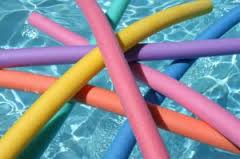
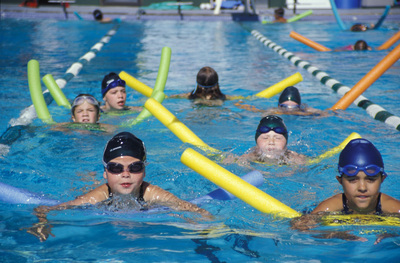

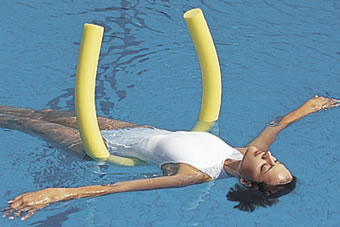
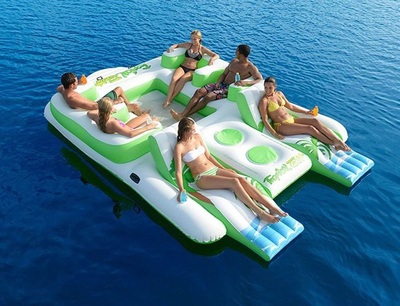
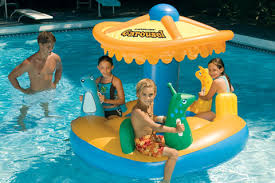
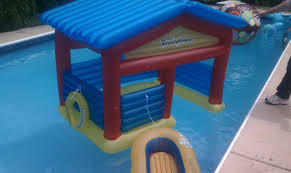
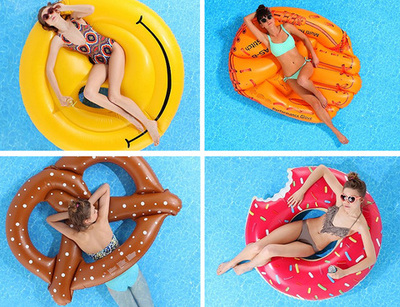
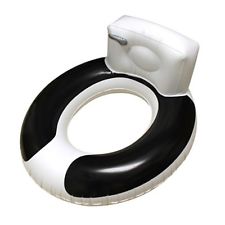
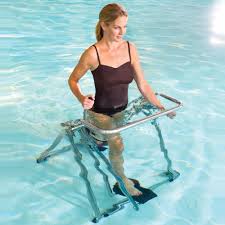
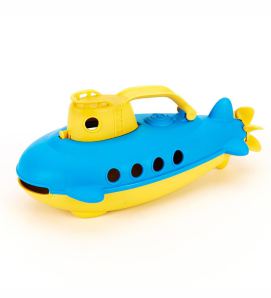
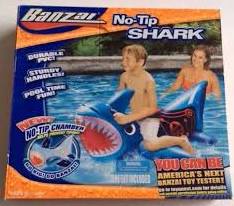
 RSS Feed
RSS Feed